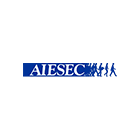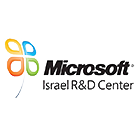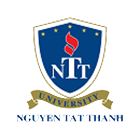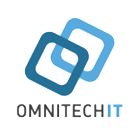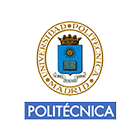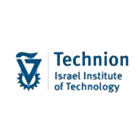Keynote 1 – Anant Sahai

Bio:
Anant Sahai received the B.S. in 1994, from the University of California, Berkeley, and the S.M. and Ph.D. from the Massachusetts Institute of Technology in 1996 and 2001, respectively. He is an associate professor in the Department of Electrical Engineering and Computer Sciences at the University of California, Berkeley, where he joined as an assistant professor in 2002. Prior to that, he spent a year as a research scientist at the wireless startup Enuvis in South San Francisco, developing software-radio signal-processing algorithms to enable very sensitive GPS receivers for indoor operation. From 2007 to 2009, he was the treasurer for the IEEE Information Theory Society. His current research interests are at the intersection of information theory and decentralized control, as well as in wireless communication, particularly green radios and dynamic spectrum sharing.
Title:
Is wireless going to get a more modern "regulatory layer" soon?
Abstract:
Until a few years ago, cognitive radio represented the "Medical Marijuana" of wireless research --- rhetoric on both sides characterized by wishful thinking, distrust, and vested interests; but the underlying "technology" in question was still very much illegal. Recent steps taken by the FCC in the TV Whitespaces demonstrate that the government is serious about change, and last summer, the President's Council of Advisers on Science and Technology (PCAST) released a report that advocated expanding this approach beyond the TV bands. In June of this year, the White House released a memorandum that essentially officially endorsed the PCAST report. What's different now is that it is possible to now see the broad outline of a new architecture for spectrum access.
In this talk, I will try to elucidate the new paradigm from my point of view, and point out selected questions within it that should be of interest. The key is that the traditional laws-regulations-and-footnotes-based regulatory layer is going to become largely technological. What is less obvious is that although a part of this will behave like a traditional "layer" in networking, much of it will not. It will be more like a service than a layer. I'll use some simulations based on real FCC data in the TV bands to give a quantitative sense of the technical tradeoffs involved. I will then elucidate how to think about the key issue of "trust" in this regulatory architecture and the overhead involved in maintaining it.
Keynote 2 – Zhi (Gerry) Tian

Bio:
Zhi (Gerry) Tian is a Program Director for the Communications, Circuits and Sensing Systems (CCSS) program in the Division of Electrical, Communications and Cyber Systems (ECCS) of the Engineering Directorate at the NSF. Dr. Tian joined NSF from Michigan Technological University through an IPA assignment. At Michigan Tech, Dr. Tian is a Professor in the Department of Electrical and Computer Engineering. Her research interests lie in digital and wireless communications, wireless sensor networks, and statistical analysis. She delivered technical tutorials on topics related to cognitive radios and compressed sensing in several international conferences. She served as Associate Editor for IEEE Transactions on Wireless Communications and IEEE Transaction on Signal Processing. She is a Fellow of the IEEE.
Title:
Enhancing Access to the Radio Spectrum
Abstract:
During the last two decades, the use of the radio spectrum has intensified and expanded enormously. For example, data traffic on some mobile networks has increased by over 6000% since the release of the latest generation of smart phones. To meet this growing challenge, new approaches, technologies, and policies will be required to enable more flexible and efficient access to the radio spectrum. The NSF is coordinating efforts to identify bold new concepts with the potential to contribute to significant improvements in the efficiency of radio spectrum utilization, and in the ability for traditionally underserved Americans to benefit from current and future wireless-enabled goods and services. In this talk, I will give an introduction on NSF’s initiative on enhancing access to the radio spectrum (EARS). I will discuss technical challenges in wireless cognitive networks. I will also present some funding opportunities for wireless research at NSF.





